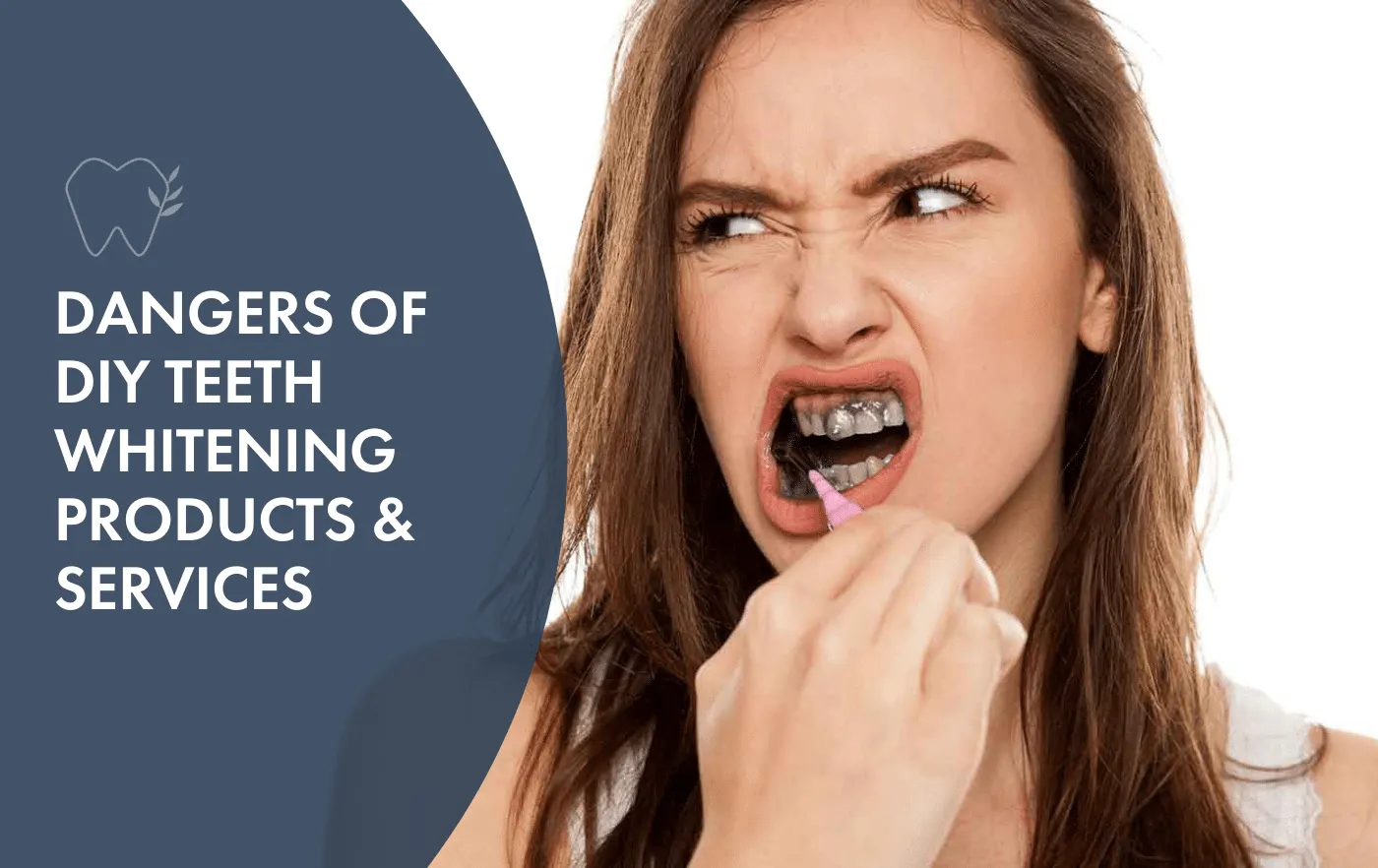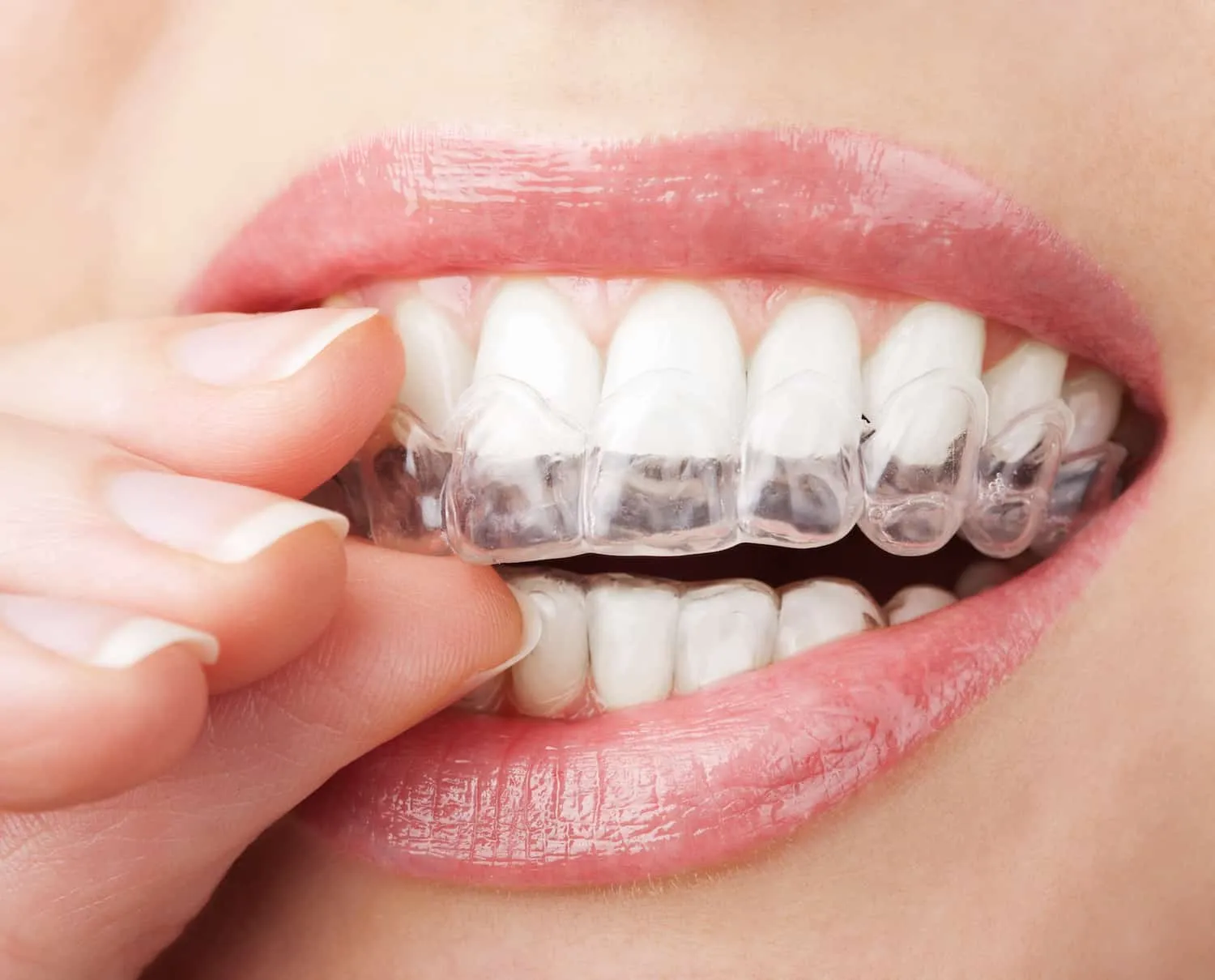Teeth Whitening Dangers Overview
Teeth whitening has become a popular cosmetic procedure, promising brighter smiles and increased confidence. However, beneath the allure of pearly whites lie potential dangers that every individual should be aware of before undergoing the process. Understanding these risks is crucial for making informed decisions and protecting your oral health. This article explores the top 5 dangers associated with teeth whitening, providing insights into the potential side effects and how to mitigate them. From increased tooth sensitivity to the risk of chemical burns, we will delve into the critical aspects of teeth whitening to ensure you can make the best choice for your dental health.
Tooth Sensitivity
One of the most common side effects of teeth whitening is increased tooth sensitivity. This discomfort arises because the whitening agents, typically hydrogen peroxide or carbamide peroxide, penetrate the enamel and dentin, affecting the nerve endings in the teeth. This can lead to a sharp, shooting pain when consuming hot or cold foods and beverages. While usually temporary, the degree of sensitivity can vary significantly from person to person, and the intensity can impact your daily life and diet. Many individuals report discomfort for a few days after treatment, while others experience sensitivity for weeks.
Causes of Tooth Sensitivity

Tooth sensitivity during teeth whitening is primarily caused by the penetration of whitening agents into the tooth’s structure. These chemicals can irritate the nerves within the teeth, making them more reactive to temperature changes. Individuals with pre-existing dental conditions like enamel erosion, receding gums, or existing cavities are often more prone to experiencing tooth sensitivity. The concentration of the whitening agent also plays a crucial role; higher concentrations tend to cause more pronounced sensitivity. The method of application, such as in-office versus at-home treatments, also affects the level of sensitivity. In-office treatments use higher concentrations and can lead to more immediate, intense sensitivity, while at-home kits often have lower concentrations, leading to gradual sensitivity.
Managing Tooth Sensitivity
Fortunately, tooth sensitivity from teeth whitening is usually manageable. Using toothpaste designed for sensitive teeth, which contains ingredients like potassium nitrate, can help block the nerve signals and reduce discomfort. Avoiding extremely hot or cold foods and drinks can minimize sensitivity triggers. It is also recommended to consult with your dentist to determine whether any other underlying dental issues could be causing or contributing to the problem. They might suggest professional treatments such as fluoride varnish applications, which strengthen the enamel and reduce sensitivity. If the sensitivity is severe or prolonged, your dentist might recommend a break from the whitening treatment or a switch to a lower concentration product.
Gum Irritation and Damage
Teeth whitening can also lead to gum irritation and, in some cases, more severe damage. The chemicals used in whitening treatments are potent and can cause inflammation, swelling, and pain if they come into contact with the gums. This is particularly common in in-office procedures where the whitening agent is applied directly to the teeth. If the gums are not adequately protected during the process, the chemical exposure can lead to a burning sensation and even blistering. Prolonged or repeated exposure can cause long-term damage, which can affect the health of the gums and the teeth’s overall structure.
Causes of Gum Problems

Gum problems during teeth whitening usually result from the whitening agent’s direct contact with the soft tissues of the mouth. Poorly fitted whitening trays in at-home kits can cause the gel to leak and irritate the gums. In professional settings, improper application of the rubber dam or other protective barriers can leave the gums vulnerable. The concentration of the whitening agent contributes significantly to the degree of irritation; higher concentrations are more likely to cause problems. Certain individuals are also more susceptible due to pre-existing conditions such as gingivitis or periodontal disease. The use of abrasive whitening products or excessive brushing can also exacerbate the issues.
Preventing Gum Damage
Preventing gum damage during teeth whitening involves several precautions. When using at-home kits, ensure the whitening trays fit snugly and cover the teeth properly, preventing the gel from leaking. Always follow the product instructions carefully, and avoid overusing the whitening agent. In professional treatments, dentists take measures to protect the gums by using rubber dams, gel-based barriers, or other protective coatings. If you experience any gum irritation, discontinue the treatment immediately and consult your dentist. Using a soothing mouthwash or applying vitamin E oil can help reduce inflammation and promote healing. Maintaining good oral hygiene, including regular brushing and flossing, also plays a crucial role in preventing and minimizing gum damage.
Enamel Erosion
Enamel erosion is a significant concern when discussing the dangers of teeth whitening. The enamel, the hard, protective outer layer of the teeth, can be weakened by the whitening agents, especially with repeated or prolonged use. While modern whitening products are generally formulated to minimize enamel damage, excessive use or the use of abrasive products can contribute to erosion. This weakening makes teeth more susceptible to decay, cavities, and increased sensitivity. The process involves the breakdown of the mineral structure of the enamel, leading to a loss of its protective qualities.
The Process of Enamel Erosion

The process of enamel erosion begins when the acids in the whitening agents, such as hydrogen peroxide or carbamide peroxide, break down the mineral structure of the enamel. This can happen when the agent penetrates the enamel for extended periods or at high concentrations. When the enamel is compromised, it becomes more porous and vulnerable to acids from foods and beverages, as well as the bacteria that cause tooth decay. Repeated cycles of this erosion process can lead to significant enamel loss, eventually causing structural damage and increased sensitivity. Certain factors can accelerate this process, including the use of abrasive toothpastes or frequent consumption of acidic foods and drinks.
Protecting Your Enamel
Protecting your enamel during teeth whitening involves several important steps. Always follow the recommended guidelines and instructions provided by your dentist or the whitening product manufacturer. Avoid overusing whitening treatments or using them more frequently than directed. Use a toothpaste that contains fluoride, as this helps to strengthen and remineralize the enamel. Limit the consumption of acidic foods and drinks, which can further erode the enamel when combined with whitening treatments. Regular dental check-ups and professional cleanings are also crucial to monitor your enamel’s health and address any potential issues early on. Your dentist might also recommend certain treatments to strengthen your enamel.
Uneven Whitening
Uneven whitening is a common cosmetic issue that can arise from teeth whitening procedures. This often manifests as inconsistent color across the teeth, with some areas appearing significantly brighter than others. This can result from several factors, including variations in the enamel thickness, the presence of dental restorations, and how the whitening agent interacts with different parts of the tooth. The appearance of uneven whitening can detract from the overall aesthetic and may necessitate further treatments to achieve a more uniform result. This can also lead to dissatisfaction with the outcome of the whitening procedure.
Factors Contributing to Uneven Results

Several factors contribute to uneven whitening results. The natural variation in enamel thickness across different teeth is a significant factor; thicker enamel tends to whiten more effectively than thinner enamel. Dental restorations such as fillings, crowns, and veneers do not whiten with the same effectiveness as natural teeth, creating a noticeable color difference. The presence of stains, whether extrinsic or intrinsic, can also affect the uniformity of the whitening outcome. Extrinsic stains, such as those from coffee or tea, may be removed more easily than intrinsic stains, which are embedded within the tooth structure. The type and concentration of the whitening agent, as well as the application method, can also play a role in how evenly the teeth whiten.
Solutions for Uneven Whitening
Addressing uneven whitening often requires professional dental intervention. Your dentist can help determine the cause of the unevenness and recommend the most appropriate solutions. For teeth with significant variations, your dentist might suggest professional whitening treatments to achieve a more uniform result. In cases where dental restorations are causing the problem, replacing or modifying the restorations may be necessary to match the newly whitened teeth. In some cases, touch-up treatments or the use of customized whitening trays can help to address specific areas that need more attention. It’s important to discuss your expectations and concerns with your dentist before starting the teeth whitening process to achieve the best possible and most even results.
Allergic Reactions and Chemical Burns
Although less common, allergic reactions and chemical burns are potential dangers associated with teeth whitening. The whitening agents, particularly hydrogen peroxide and carbamide peroxide, can cause allergic reactions in some individuals. These reactions might manifest as swelling, itching, rash, or other symptoms. Chemical burns can occur if the whitening agent comes into contact with the soft tissues of the mouth for an extended period or at high concentrations. These burns can be painful and may lead to blistering or other complications. It’s essential to be aware of these risks and take appropriate precautions to protect your oral health during teeth whitening.
Recognizing Allergic Reactions

Recognizing an allergic reaction to teeth whitening products involves being aware of the potential symptoms. Common signs of an allergic reaction include swelling of the lips, tongue, or face, itching, hives, or a rash. Some people might experience difficulty breathing or swallowing. These reactions can range from mild to severe and require immediate attention. If you experience any of these symptoms after using a teeth whitening product, it is crucial to stop using the product immediately and seek medical attention. Keep track of the specific product you used to inform your healthcare provider, as this will help with diagnosis and treatment.
Treating Chemical Burns
Treating chemical burns from teeth whitening focuses on alleviating pain, reducing inflammation, and promoting healing. If you experience a chemical burn, rinse your mouth thoroughly with cool water. Apply a soothing ointment recommended by your dentist to the affected areas to help speed healing. Avoid irritating foods and beverages, which might include anything that is spicy, acidic, or overly hot or cold. In severe cases, your dentist might prescribe pain relievers or other medications to manage the symptoms and prevent infection. Following your dentist’s instructions carefully and attending follow-up appointments is essential for the effective treatment of chemical burns. Seek professional dental assistance immediately.
Conclusion
While teeth whitening can significantly enhance the appearance of your smile, it’s crucial to be aware of the potential dangers involved. From increased tooth sensitivity and gum irritation to enamel erosion and the risk of allergic reactions or chemical burns, understanding these risks empowers you to make informed decisions about your dental health. By consulting with a dentist, following proper usage guidelines, and taking preventative measures, you can minimize these risks and enjoy a brighter, healthier smile. Always prioritize your oral health and consult a dental professional before undergoing any teeth whitening procedure. Remember to weigh the benefits against the risks and make the choice that is best for your long-term dental well-being.
